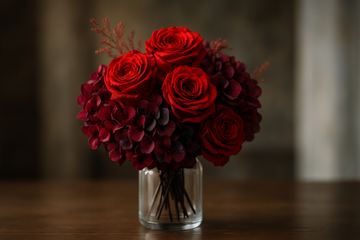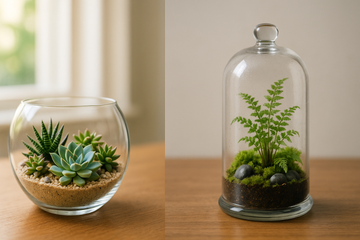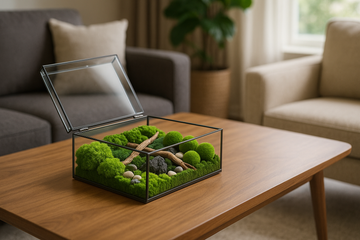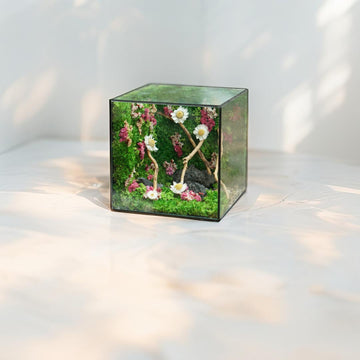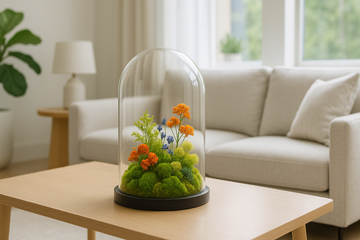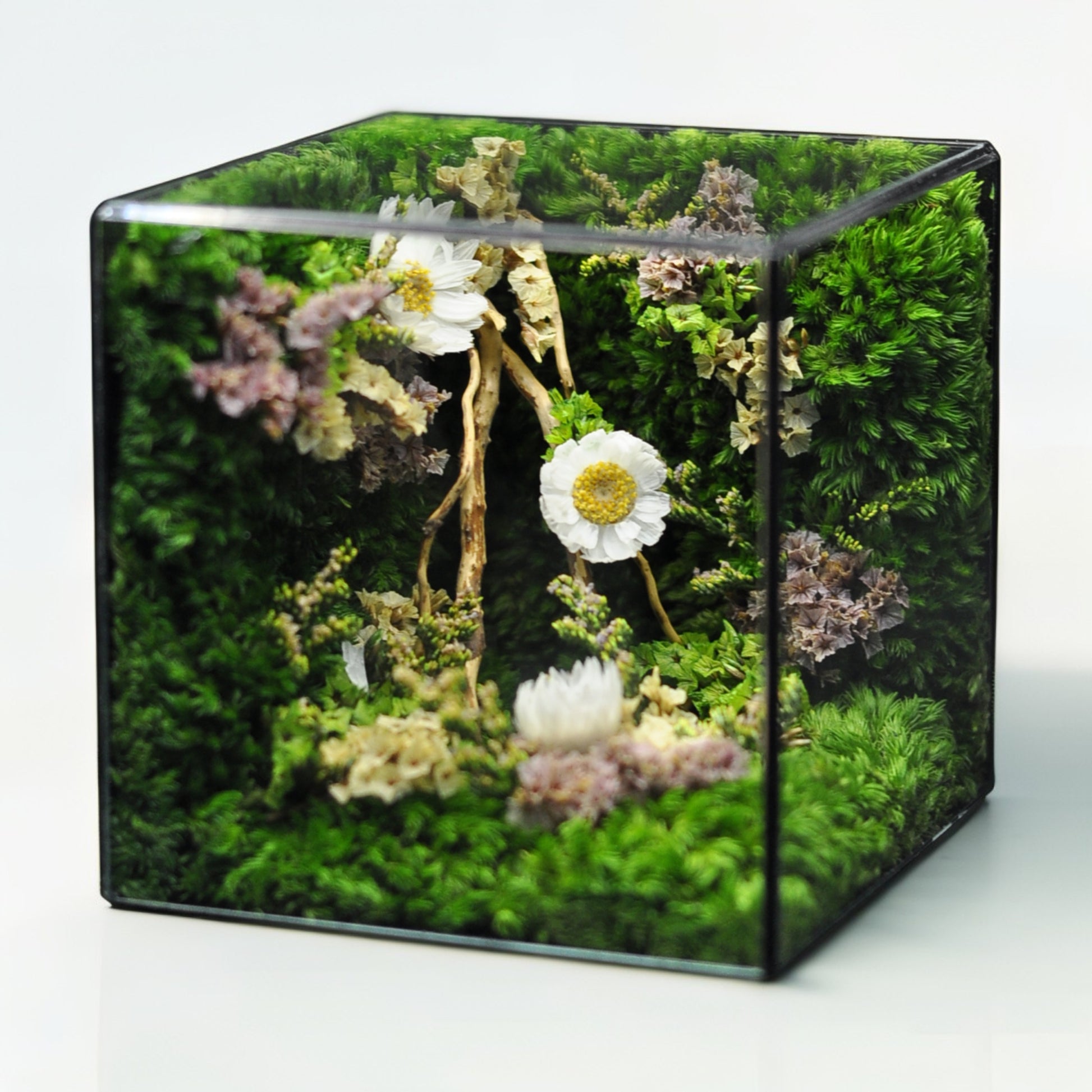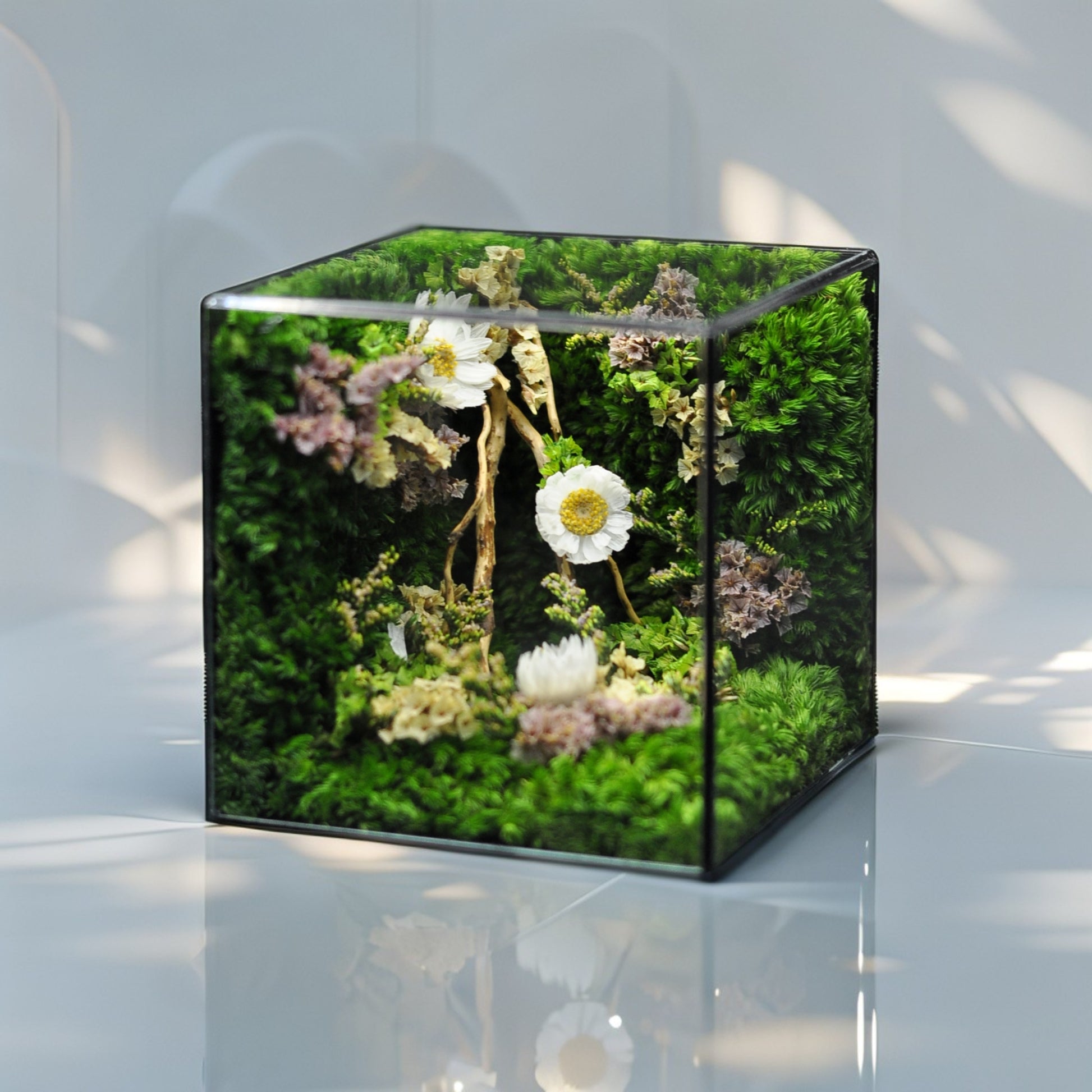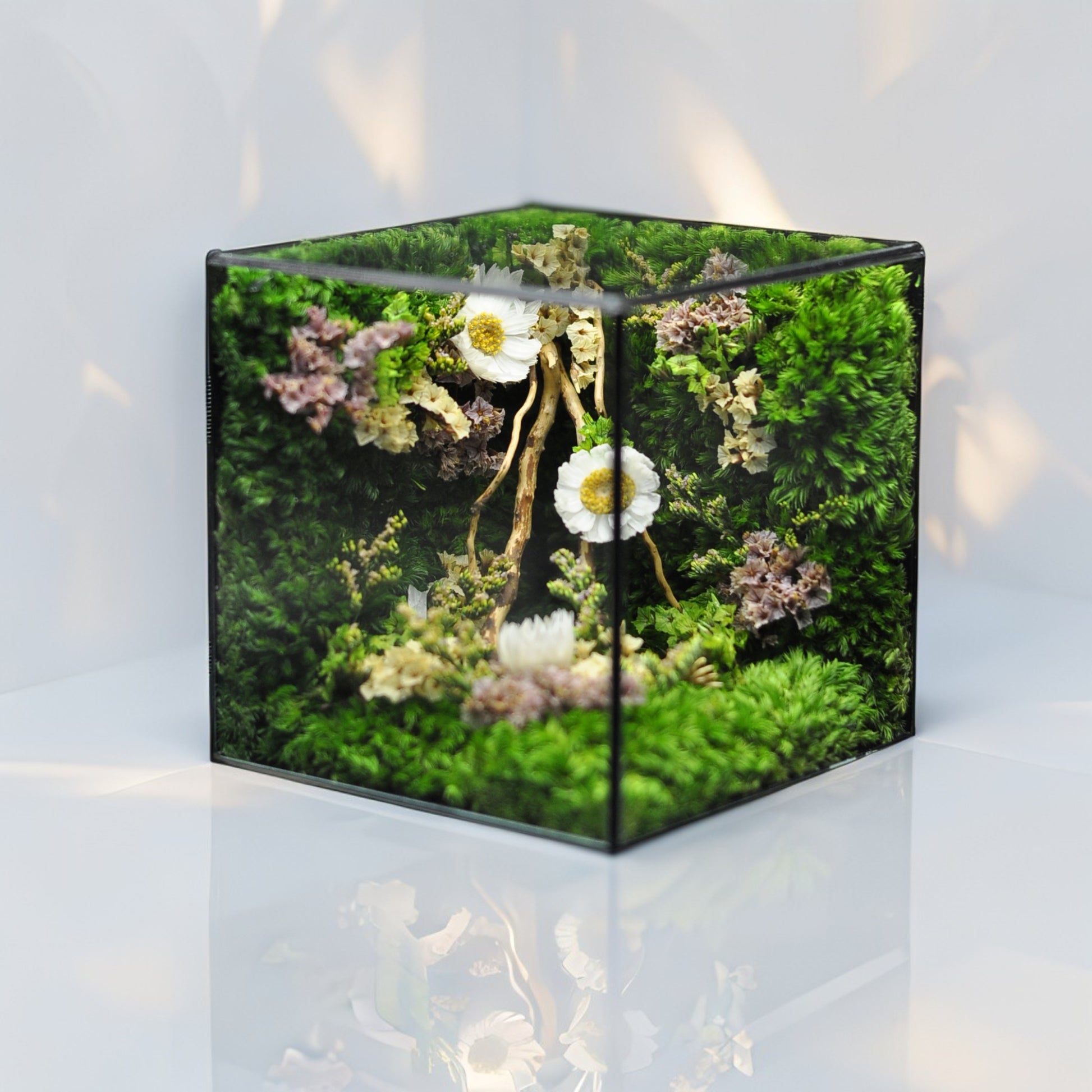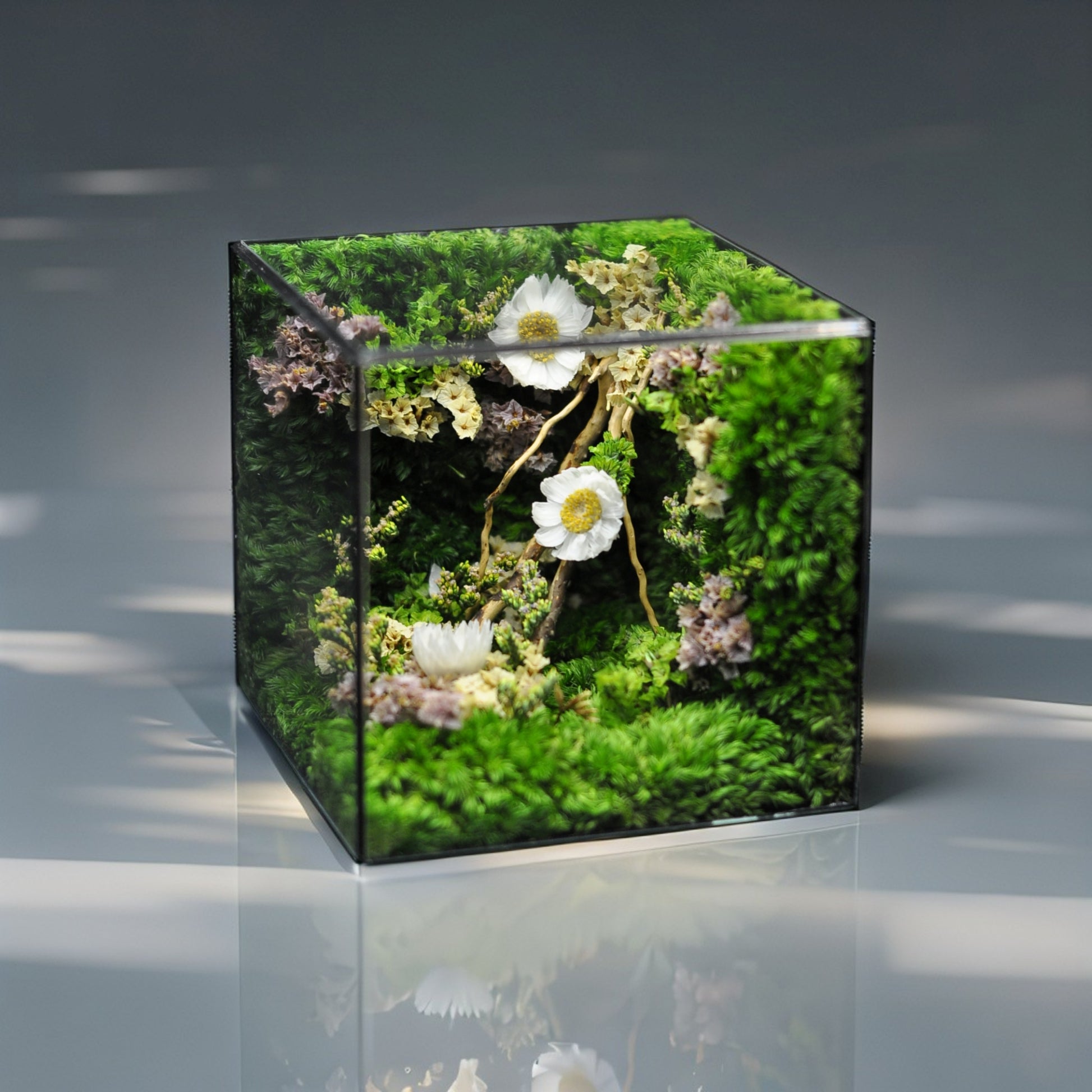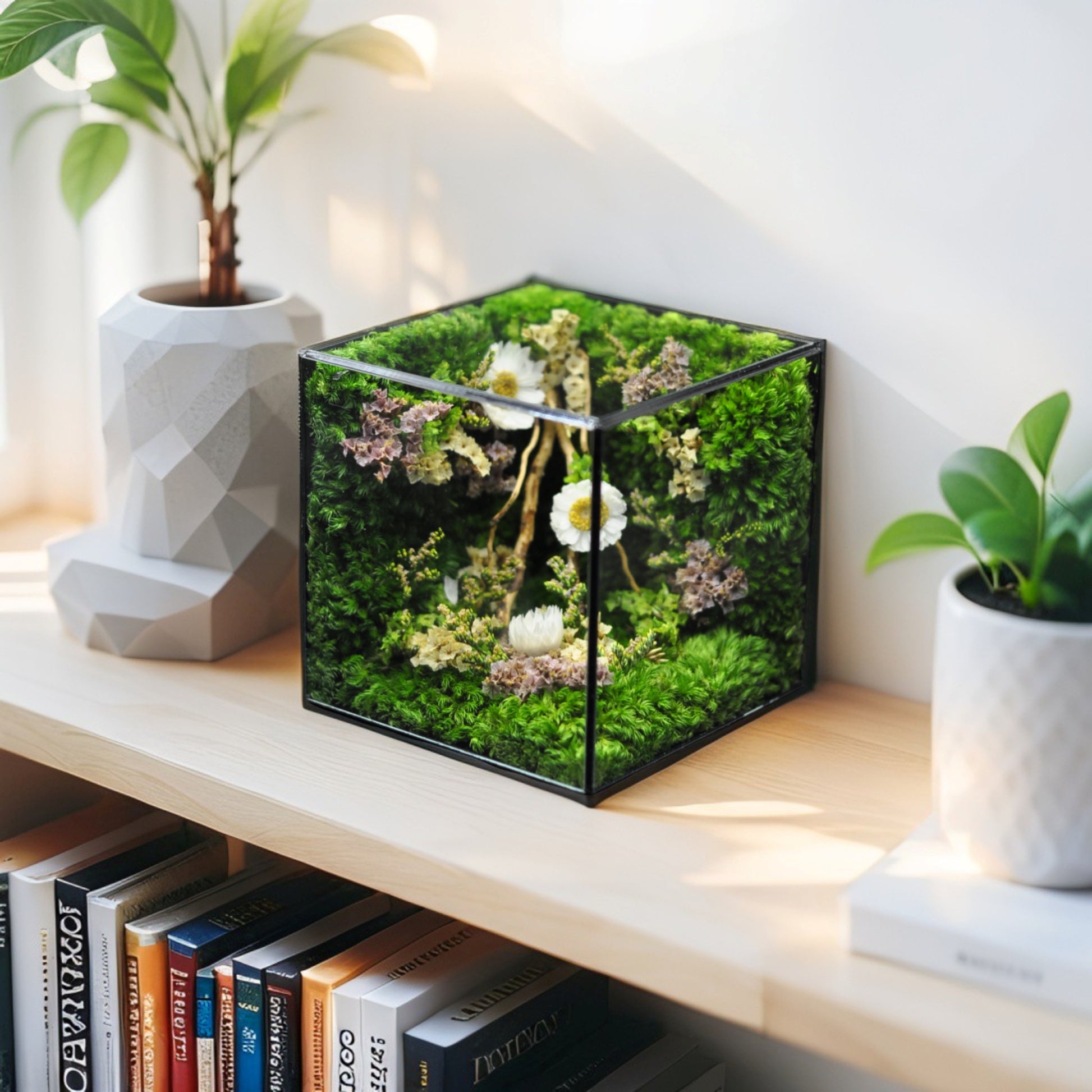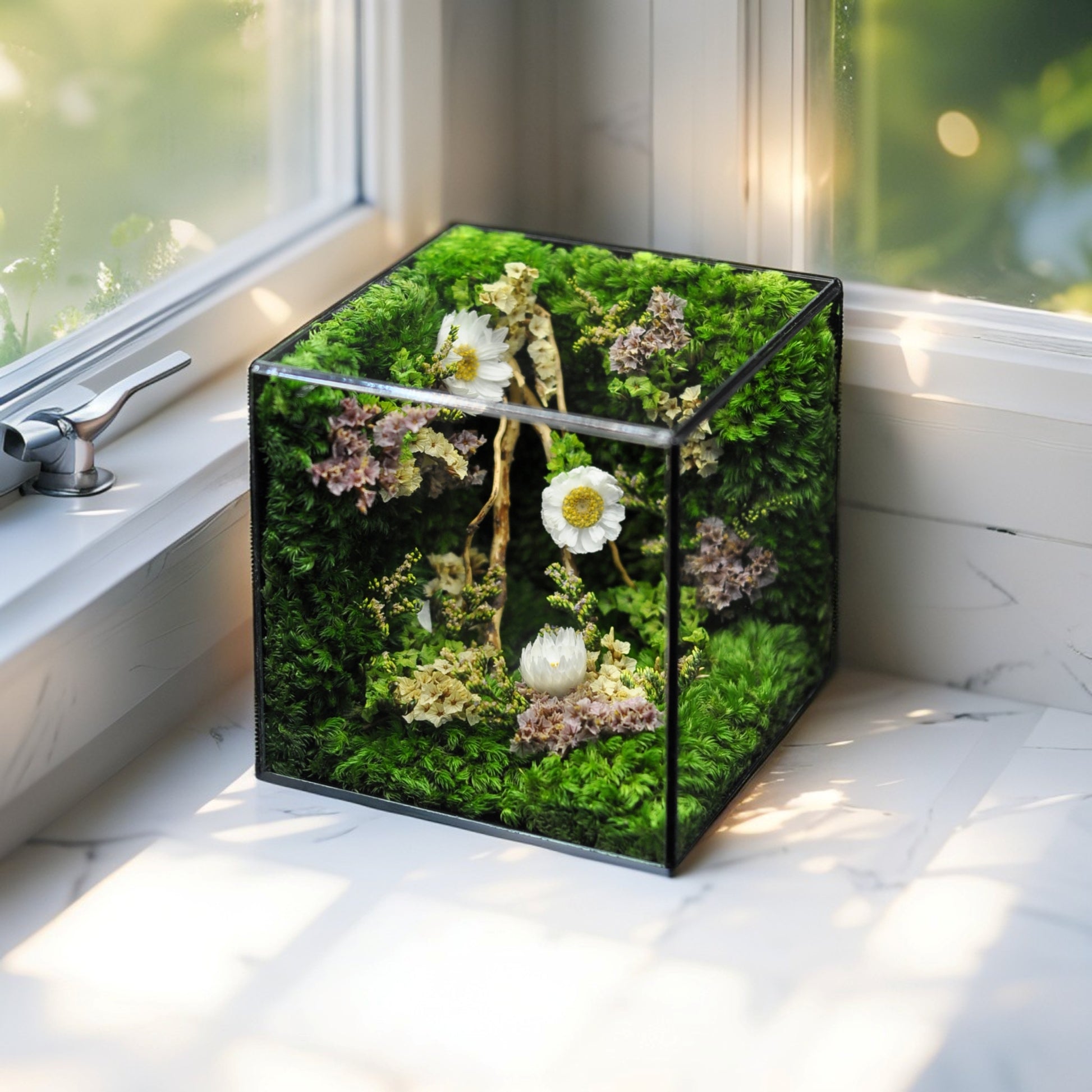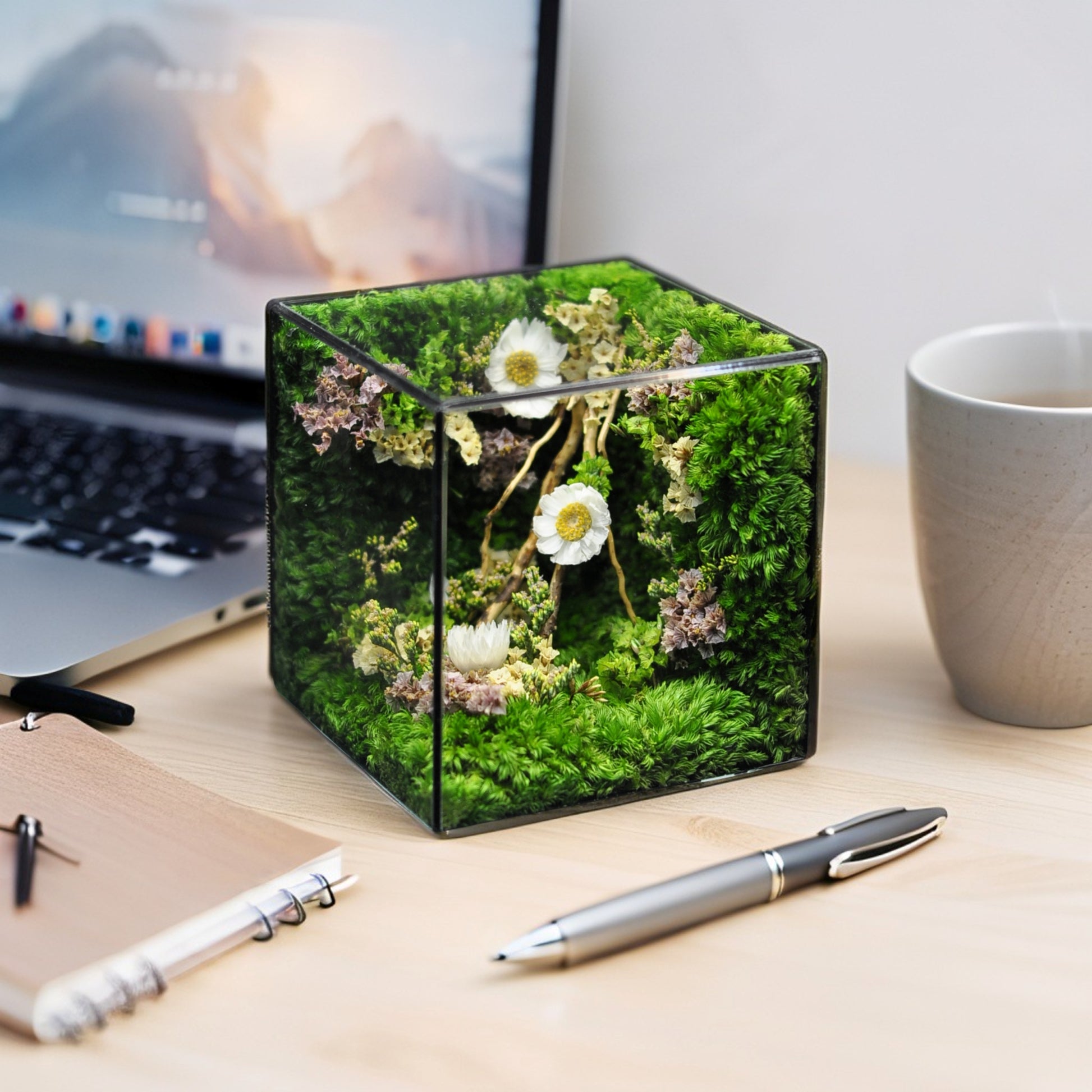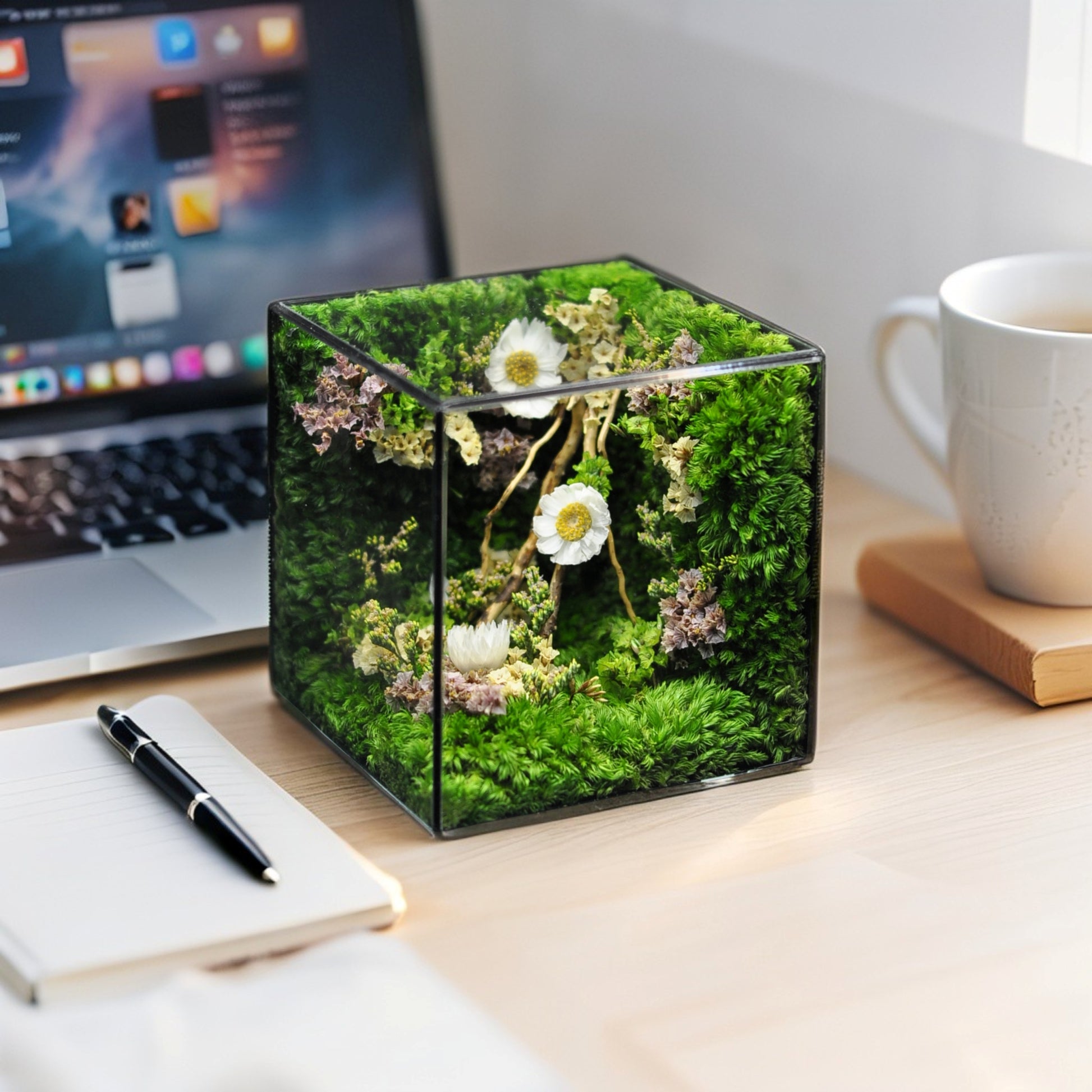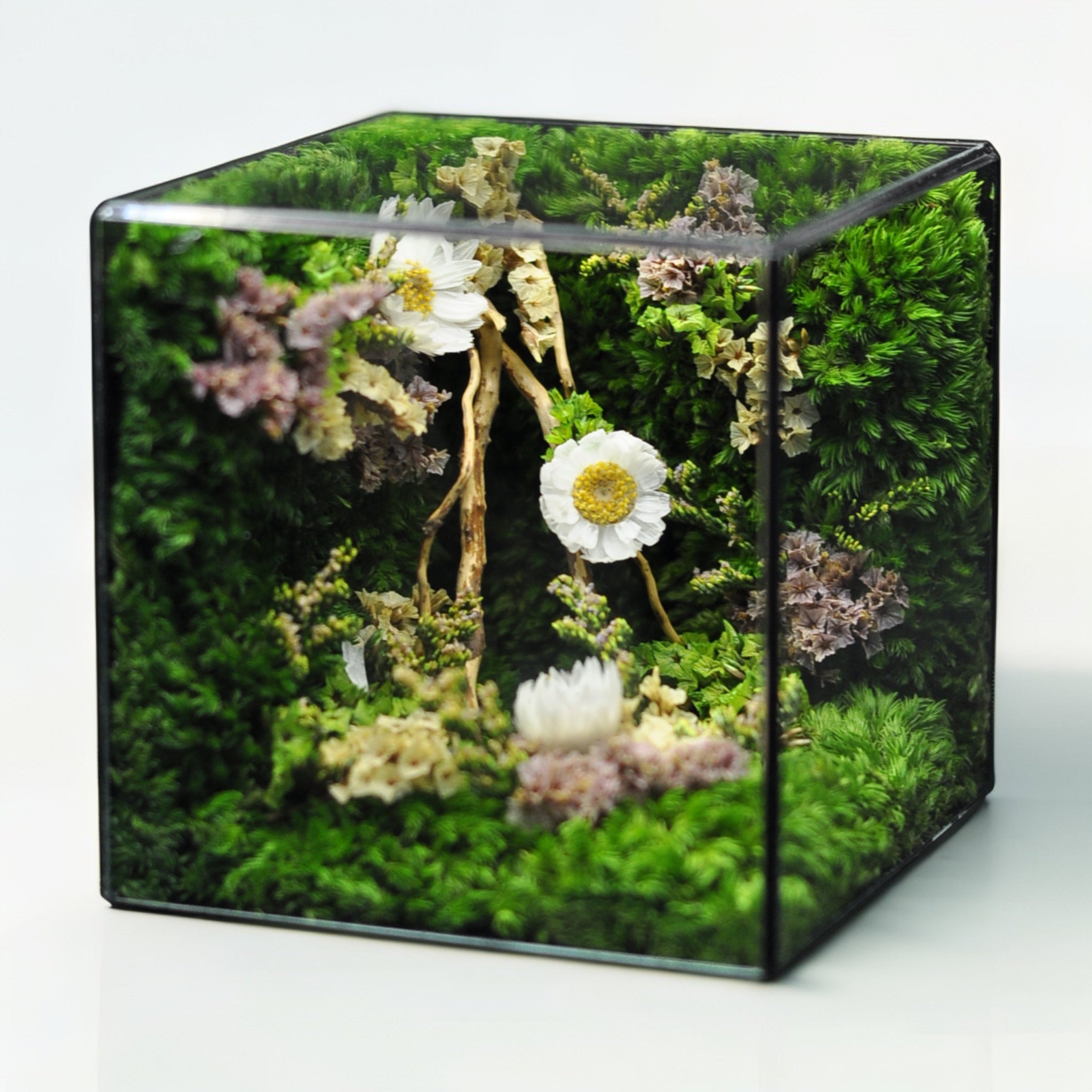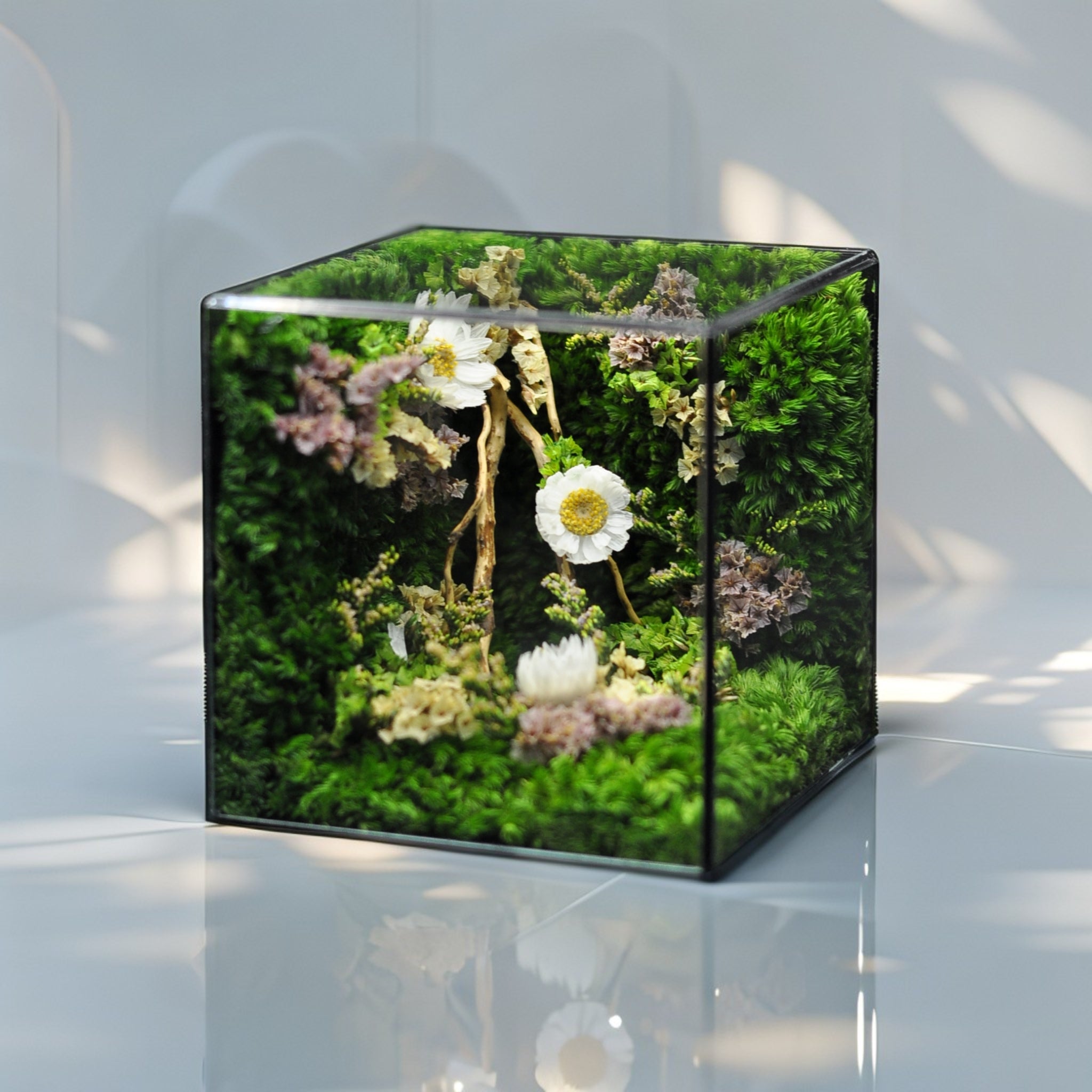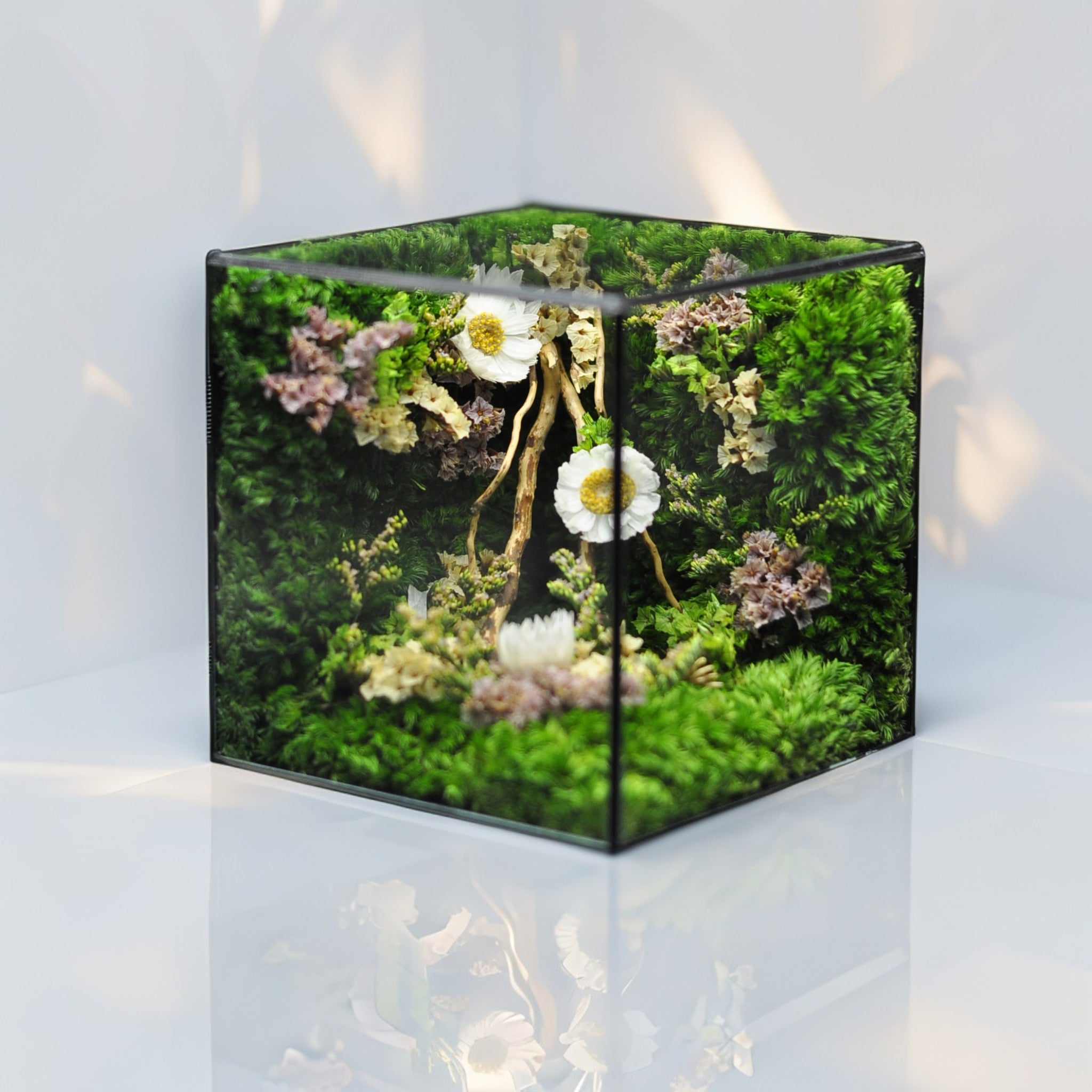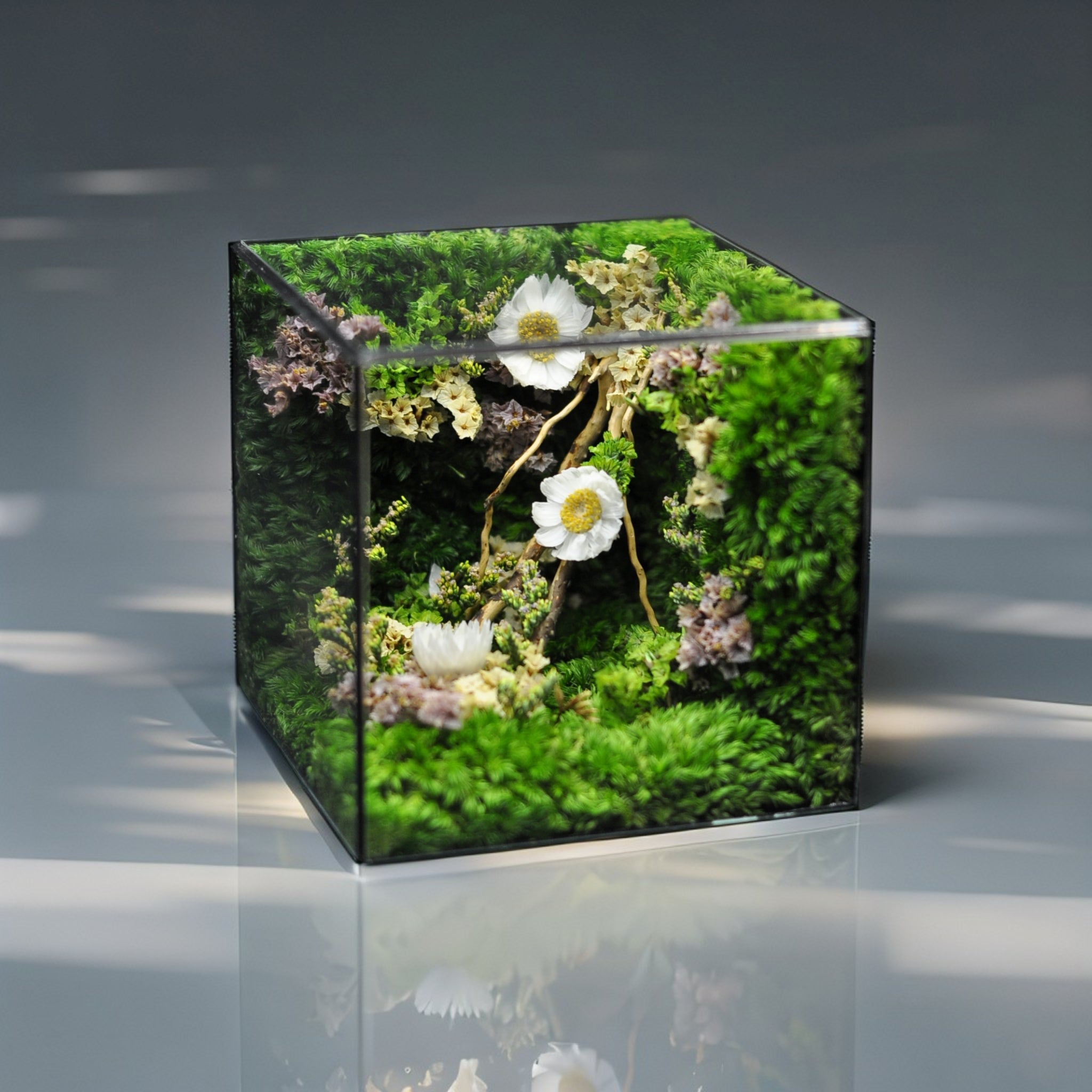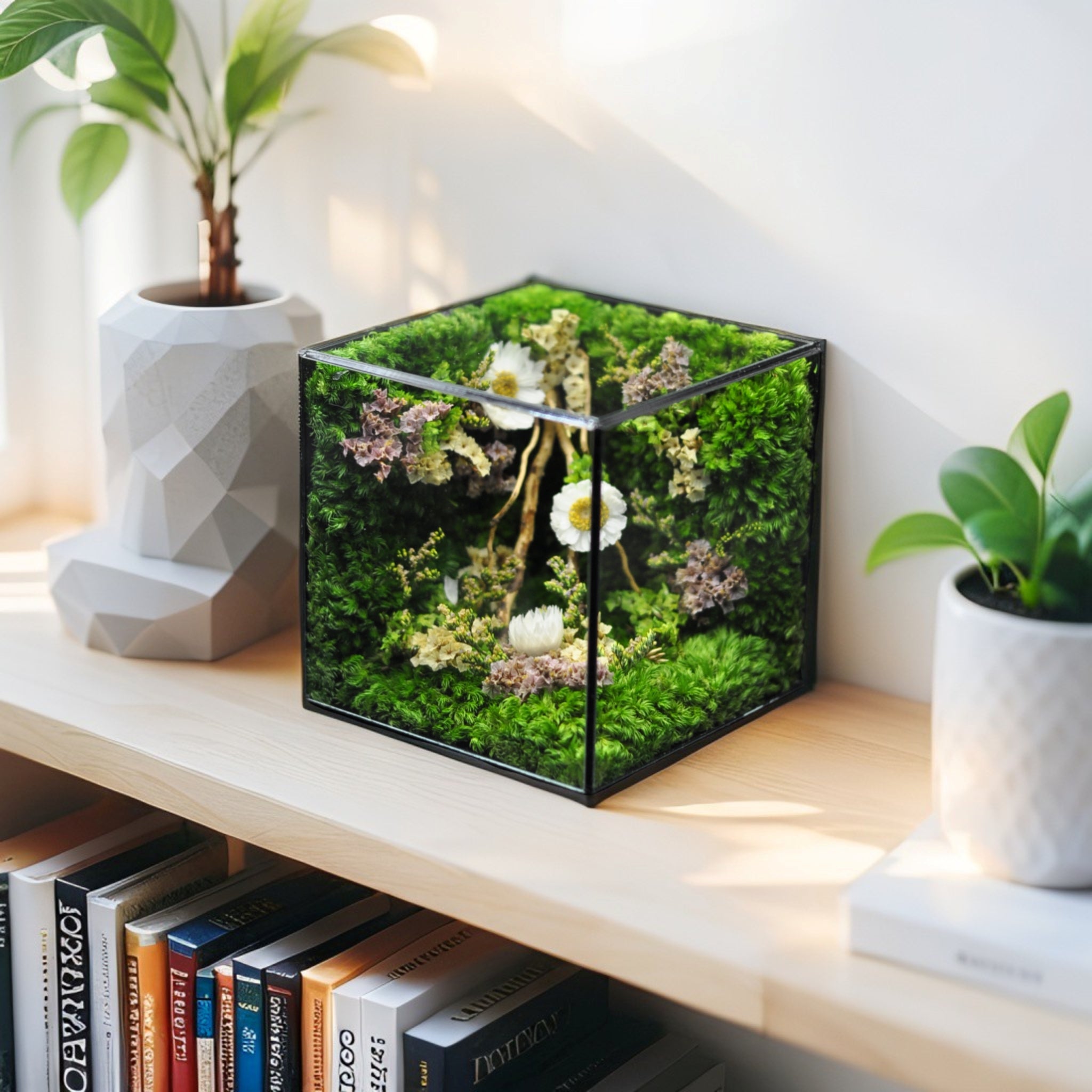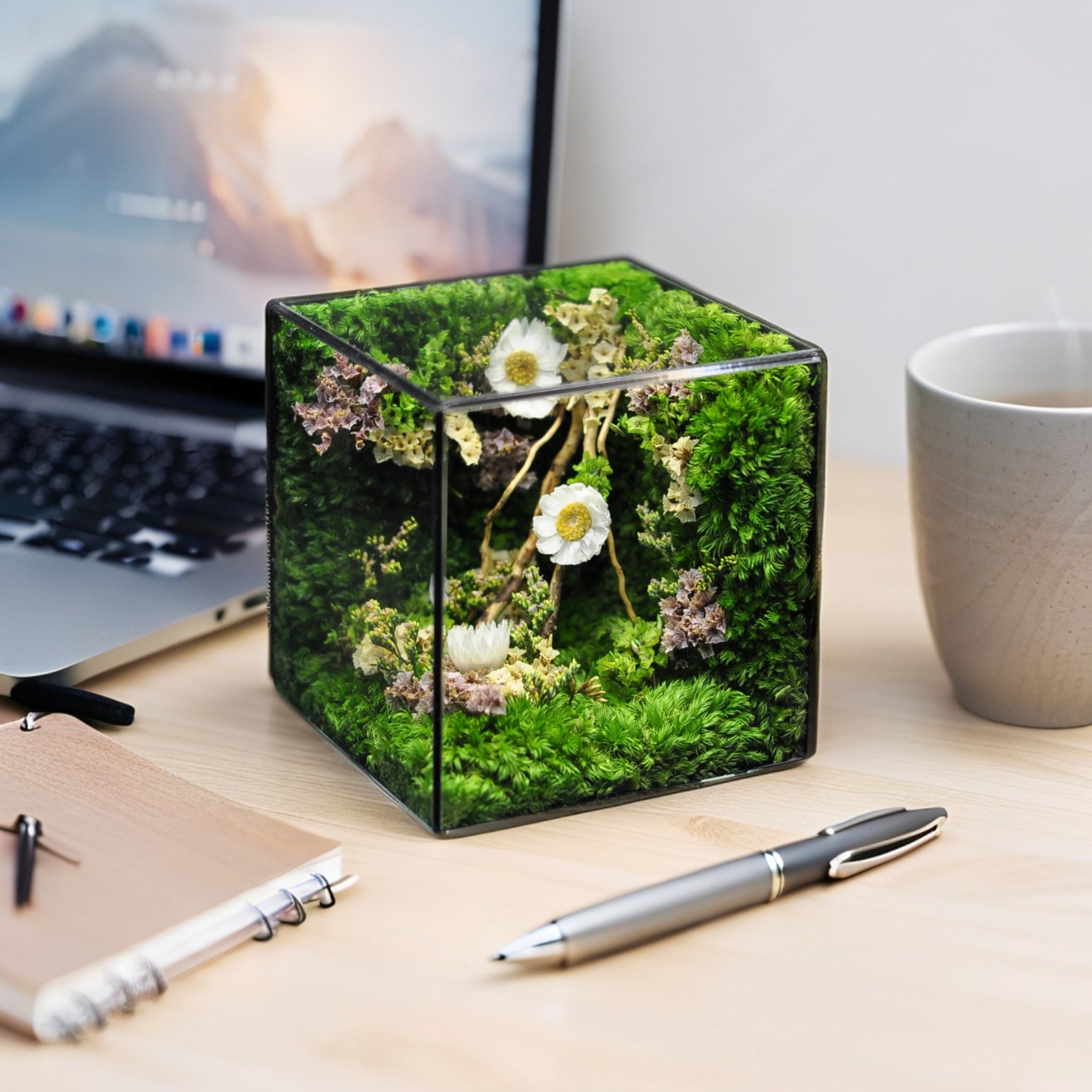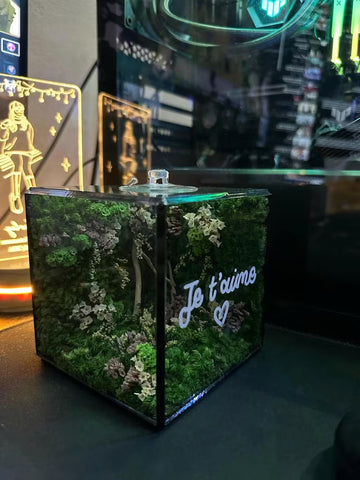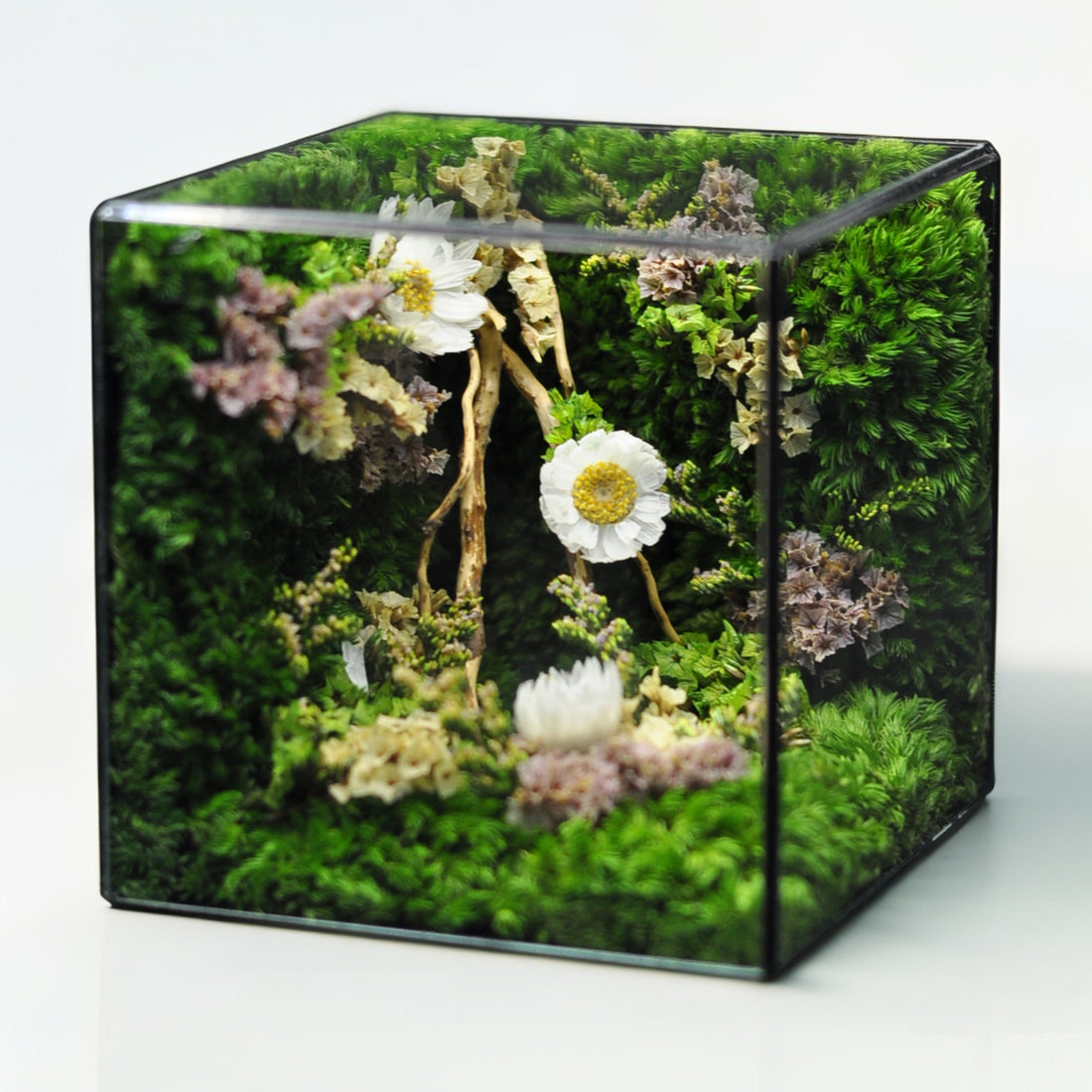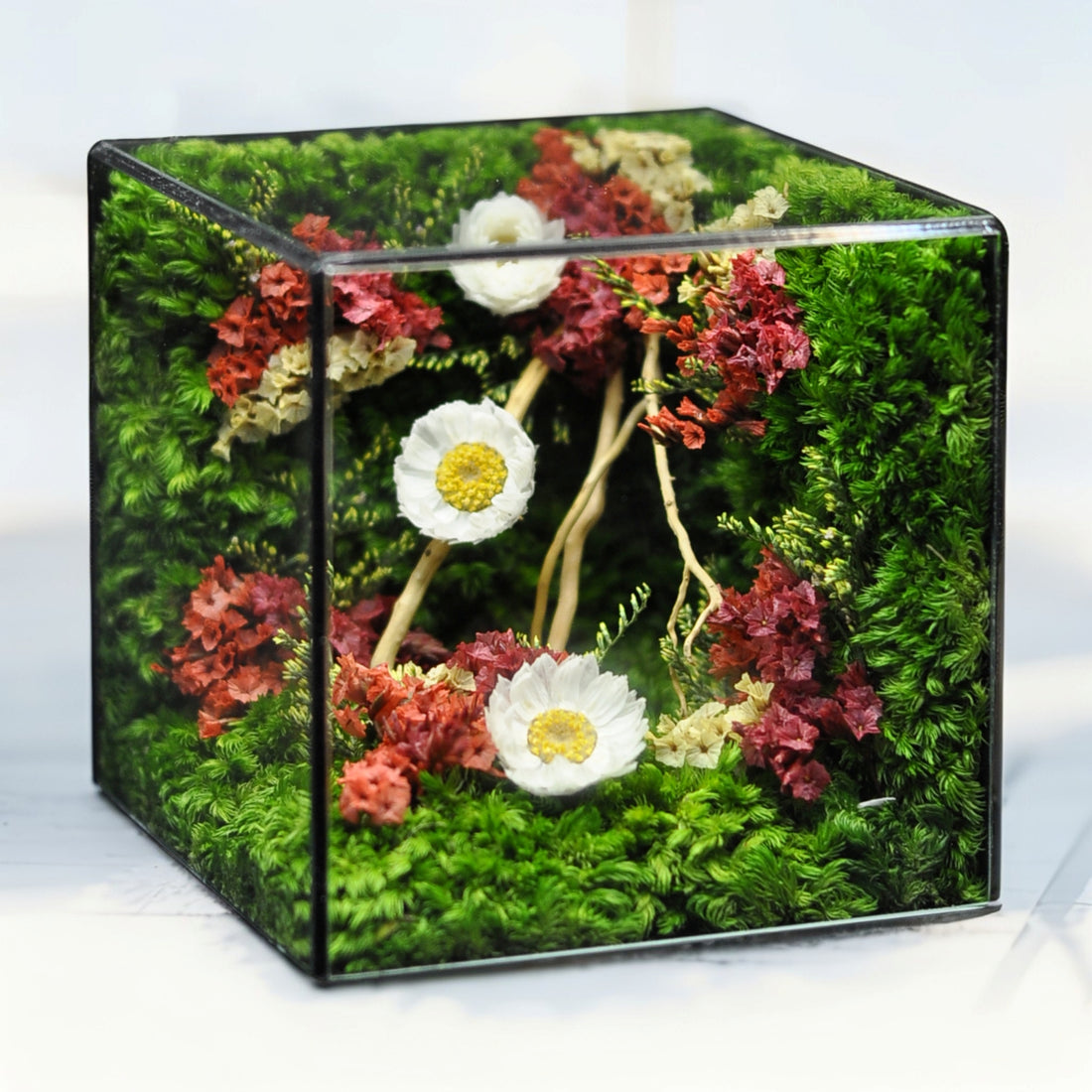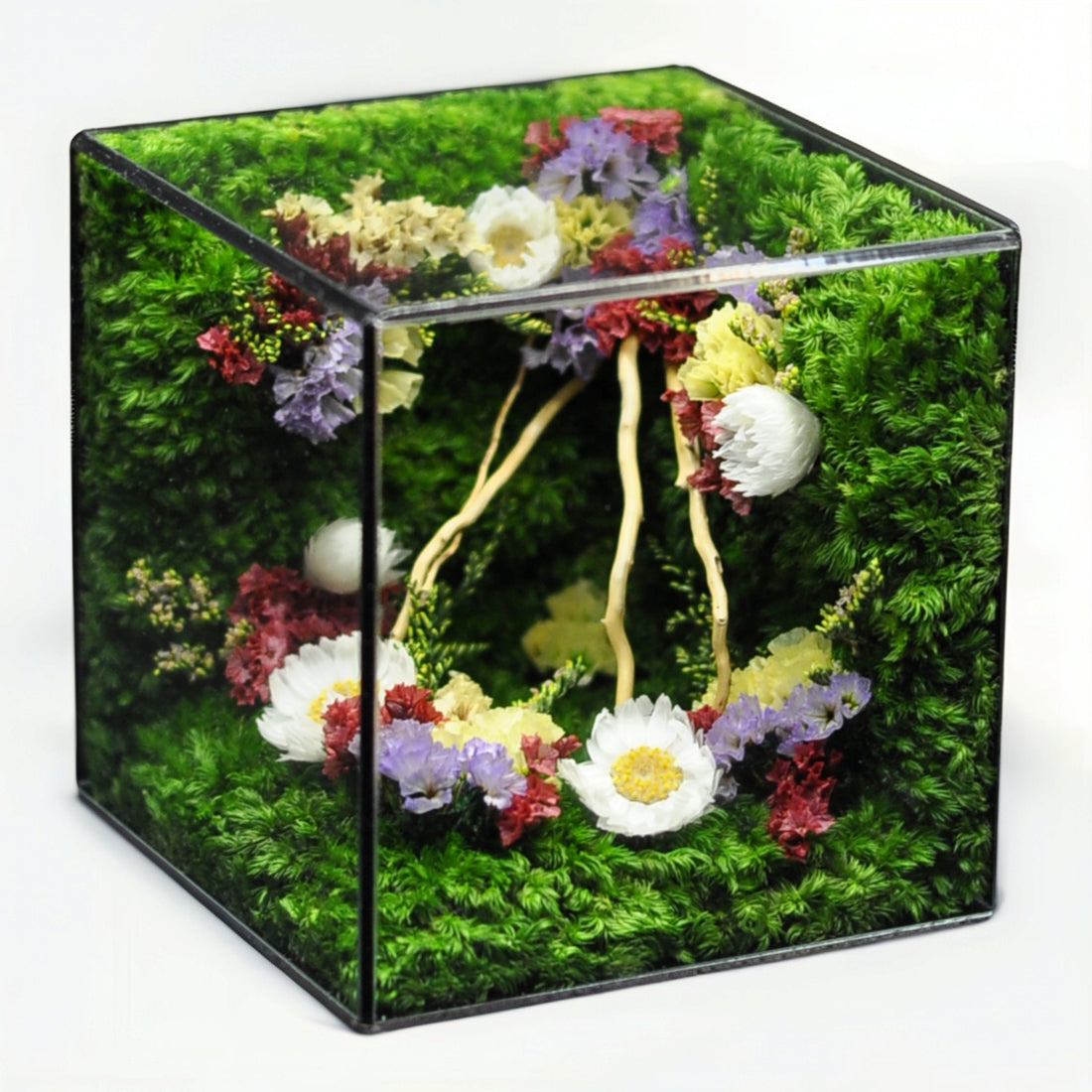Key Takeaways
Preserved flowers blend the natural beauty of fresh blooms with long-lasting durability through specialized stabilization techniques. The following key takeaways explain what preserved flowers mean, how they’re made, their advantages over fresh and dried varieties, expert care tips, and smart selection criteria—plus an eco-friendly angle you won’t want to miss.
- Unlock lasting beauty with preserved blooms: Preserved flowers retain their fresh appearance for months to years by replacing natural sap with a glycerin-based preservation solution, ensuring vivid color and soft texture.
- Master the glycerin stabilization process: Flowers are immersed in a preservation solution—often glycerin mixed with water and dyes—that penetrates cells and prevents wilting without compromising petal integrity.
- Embrace eco-friendly floral décor: By eliminating the need for constant water, reducing floral waste, and minimizing transport-related emissions, preserved flowers offer a lower carbon footprint compared to fresh arrangements.
- Differentiate preserved, dried, and fresh flowers: Unlike crispy dried blooms that lose shape and fresh flowers that decay within days, preserved flowers maintain flexibility, natural form, and true-to-life hues.
- Enjoy prolonged beauty with minimal upkeep: Keep preserved flowers out of direct sunlight and high humidity, dust them gently with a soft brush, and avoid water to preserve their longevity.
- Select premium preserved flowers confidently: Look for petals that bend without cracking, uniform coloration, and reputable brands that disclose their stabilization methods and sourcing practices.
- Unlock creative décor and gifting possibilities: Their enduring nature makes preserved flowers perfect for wedding keepsakes, seasonal displays, DIY projects, and thoughtful gifts that last well beyond special occasions.
With these foundational insights, you’re ready to explore the full guide—delving deeper into each preservation technique, benefit, care strategy, and selection tip to elevate your floral experiences with sustainability and style in mind.
Introduction
Imagine gifting someone a bouquet that lasts beyond the joy of a single day—preserved flowers achieve just that, merging the ephemeral beauty of fresh blooms with remarkable longevity. These stunning arrangements not only captivate with their vibrant colors and soft textures but also bring a wealth of benefits, from eco-friendliness to low maintenance, making them an ideal choice for today’s conscious consumers.
Understanding what preserved flowers mean is essential for anyone looking to make informed choices in floral décor. This article will unpack the intricacies of preserved flowers, revealing their production processes, unrivaled benefits over fresh and dried alternatives, expert care tips, and smart selection insights. With a focus on sustainability and style, you'll discover how preserved blooms can elevate your environments and meaningful gifting experiences.
What Does “Preserved Flowers” Mean? Definition and Preservation Process
Understanding Preserved Flower Meaning
What does preserved flowers mean? Preserved flower meaning refers to real blooms treated through a stabilization technique that locks in moisture, texture and color for months to years. Unlike fresh flowers—live plants with natural sap and a vase life of 5–14 days—or dried flowers, which are dehydrated and often brittle with muted hues, preserved flowers undergo a specialized process that keeps their velvety petals supple and their jewel-toned hues vibrant long after harvest.
The Glycerin Stabilization Process Explained
Ever wondered how a rose can look freshly cut for years? The glycerin stabilization process makes it possible by using osmotic exchange:
- Preparation
– Artisans trim stems at an angle and strip excess leaves to boost solution uptake. - Immersion
– Blooms are submerged in a preservation bath of glycerin and water, often in a 1:1 to 1:2 ratio, with optional dyes added for color enhancement. - Osmosis
– Glycerin molecules penetrate cell walls, displacing water and reinforcing cellular structure to prevent collapse. - Curing
– Flowers cure in a controlled environment maintained at 20–22 °C and 50–60% relative humidity until the solution fully integrates (source: https://doi.org/10.17660/ActaHortic.2020.1234).
These steps ensure petals stay supple and jewel-toned for years.
Key Components of the Preservation Solution
A professional-grade preservation solution typically includes:
- Glycerin: the primary humectant replacing natural sap to maintain flexibility.
- Humectants (e.g., sorbitol): work in synergy with glycerin to lock in moisture.
- Colorants: water-soluble dyes that restore or enhance natural pigments.
- Mild fungicides (e.g., Kathon) and pH buffers (e.g., citric acid): prevent mold growth and stabilize acidity levels.
Together, these ingredients stabilize cellular structure and deliver uniform coloration across petals.
How Are Preserved Flowers Made? Step-by-Step
How are preserved flowers made? From harvest to ready-to-sell, artisans follow five key steps:
- Harvesting at Peak
– Flowers are cut just before full bloom to maximize shape and strength. - Partial Dehydration
– Blooms air-dry
Conclusion
Understanding preserved flowers involves recognizing the intricate processes that maintain their beauty and longevity. These blooms, treated through glycerin stabilization, offer a vibrant alternative to both fresh and dried flowers, with a lifespan that can extend for years while retaining their original color and texture. The preservation process itself, which includes careful preparation, immersion in glycerin, and meticulous curing, ensures that preserved flowers maintain their appeal without the fragility often seen in dried arrangements.
As demonstrated, the core components of the preservation solution—glycerin, humectants, colorants, and stabilizers—play pivotal roles in achieving the desired results. For consumers and florists alike, these insights can help inform choices when selecting flowers for long-lasting aesthetic appeal and emotional value.
Looking ahead, as the demand for sustainable decor continues to rise, the art of preserved flowers is likely to gain even greater prominence, making it an exciting area for both craftsmanship and eco-conscious consumers. Consider incorporating these stunning arrangements into your spaces for enduring elegance and a touch of nature that lasts well beyond the fleeting beauty of fresh blooms.
Frequently Asked Questions (FAQ)
Q: What does “preserved flowers” mean?
A: Real blooms treated through a stabilization technique that locks in moisture, texture and color for months to years.
Q: How do preserved flowers differ from fresh and dried flowers?
A: Fresh flowers are live plants with natural sap and a vase life of 5–14 days; dried flowers are dehydrated and often brittle with muted hues; preserved flowers maintain velvety petals and jewel-toned colors long after harvest.
Q: How are preserved flowers made?
A: Artisans harvest blooms at peak just before full bloom, partially air-dry them for dehydration, then use a glycerin stabilization process—immersing them in a glycerin-water solution, allowing glycerin to replace water in cell walls via osmosis, and curing them at 20–22 °C and 50–60% humidity—so petals stay supple and vibrant for years.
Q: What is involved in the glycerin stabilization process?
A: It involves trimming stems and stripping excess leaves, submerging blooms in a glycerin-to-water bath (often 1:1 to 1:2 ratio) with optional dyes, using osmosis to infuse glycerin into cells, and curing in a controlled environment until fully integrated.
Q: What key components are in the preservation solution?
A: A professional solution includes glycerin as the primary humectant, additional humectants like sorbitol, water-soluble colorants to restore or enhance pigments, and mild fungicides (e.g., Kathon) with pH buffers (e.g., citric acid) to prevent mold and stabilize acidity.
Q: Why is glycerin used in flower preservation?
A: Glycerin replaces natural sap to maintain softness, penetrates cell walls to displace water and reinforce structure, and prevents petal collapse.
Q: How long can preserved flowers maintain their appearance?
A: The stabilization process locks in moisture, texture and color, allowing preserved flowers to look fresh for months to years.

